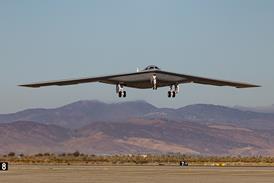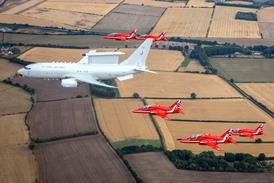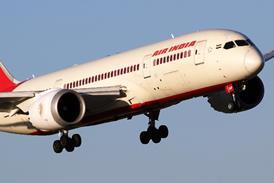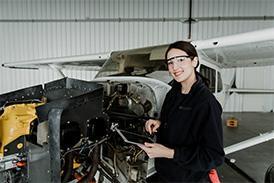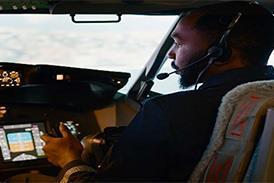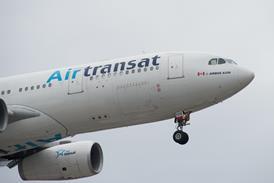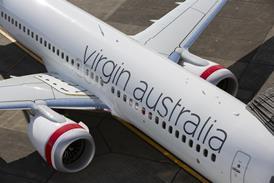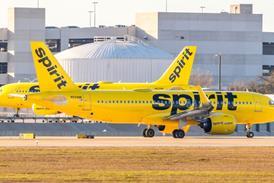Israel’s defence manufacturers were treated with more respect at DSEI than Paris, despite the government’s eve-of-show ban on Israeli official delegations attending the biennial arms fair.
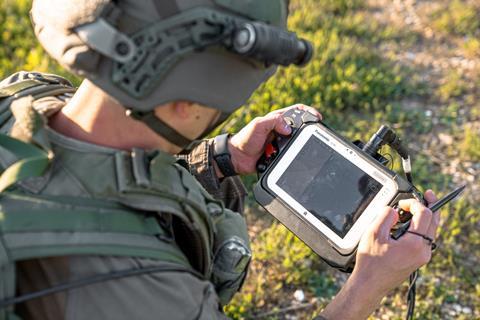
The stands of Israel Aerospace Industries (IAI) and its main rivals, Elbit Systems and Rafael – together with smaller, specialist manufacturers such as Aeronautics, Bird Aerosystems and UVision – were welcoming visitors throughout the event in London, which took place from 9-12 September.
That compared with the show in the French capital in June, when large hoardings were placed around several prominent Israeli exhibits displaying “offensive” weapons, prompting outrage from Israel and the chief executive of its largest defence company, IAI. Boaz Levy said the partitions were a throwback to “the dark days of when Jews were segmented from European society”.
Somewhat ironically it is the almost two-year-old campaign against Hamas targets in Gaza – the source of much worldwide opprobrium against the Netanyahu government – that is helping Israeli companies effectively market their “battlefield-proven” equipment.
That and lessons from conflicts such as Ukraine and other border spats, which are pushing military doctrine and procurement towards a greater emphasis on many of the technologies Israel specialises in, such as small surveillance drones, loitering munitions, airborne countermeasures, and tactical air defence systems.
At DSEI, UVision, which produces the Hero range of loitering munitions, unveiled an artificial intelligence-enabled mission management system that allows a soldier to operate up to four airborne munitions from one terminal.
Describing it as a “paradigm shift in firepower”, chief executive Ran Gozali says the technology allows service personnel to carry out near-simultaneous strikes, using, for example, one munition to disrupt electronic warfare defences, another for target acquisition, and a third for a precision strike.
According to Gozali, UVision will deliver its first two packages to unnamed customers next year, and “we expect others to follow”. He maintains that the system economically “transforms loitering munitions into a smart, coordinated system-of-systems”.
UVision, which claims to have pioneered the development of loitering munitions 15 years ago “before it was a category”, supplies militaries in the USA, Europe, India, and the Gulf. Its industrial partners include Germany’s Rheinmetall.
Bird Aerosystems, a developer of airborne missile protection systems for military, head-of-state and VIP aircraft, unveiled its “micro” directed infrared countermeasure, branded µDIRCM, at the show, describing it as the “most compact, lightweight” DIRCM available. The unit is being trialled on Israeli air force Boeing AH-64 Apache attack helicopters.
A miniaturised version of its SPREOS – or self-protection radar electro-optic system – it weighs in at 7kg (15lb). This compares with the 18kg SPREOS which is installed on aircraft ranging from the Gulfstream G700 and Dassault Aviation 7X to Boeing Business Jets and Airbus A319s.
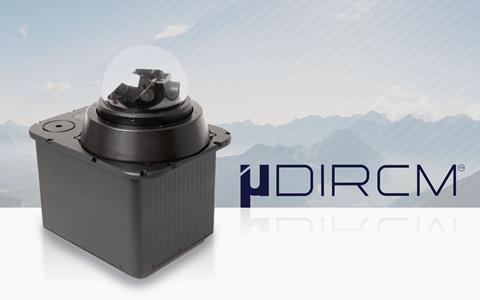
Like SPREOS, the µDIRCM has a turret configuration and features semi-active dual-band radar fused with an infrared tracker and laser emitters to protect against threats such as shoulder-fired surface-to-air missiles.
According to chief marketing officer Matan Perry, the device is small enough to be fitted to light helicopters and uncrewed air vehicles.
Meanwhile, Rafael-owned Aeronautics displayed its range of “high-end tactical” uncrewed surveillance platforms, which it says offer a cost-effective alternative to naval helicopters or medium-altitude long-endurance (MALE) systems in many instances.
“Especially at the top of the range, with the Orbiter 4 and Orbiter 5, you are pushing into MALE territory. It’s a different way to solve the same challenges,” says Eyal Assenhaym, vice-president of marketing and business development.
He adds that one of their key advantages is that the systems do not need a designated pilot and can be operated by an individual after a “few weeks’ training”. The products’ “open architecture” means they can also be matched with a customer nation’s indigenous payload, says Assenhaym.






